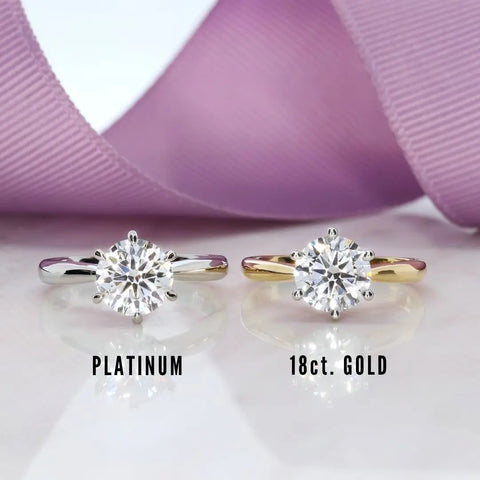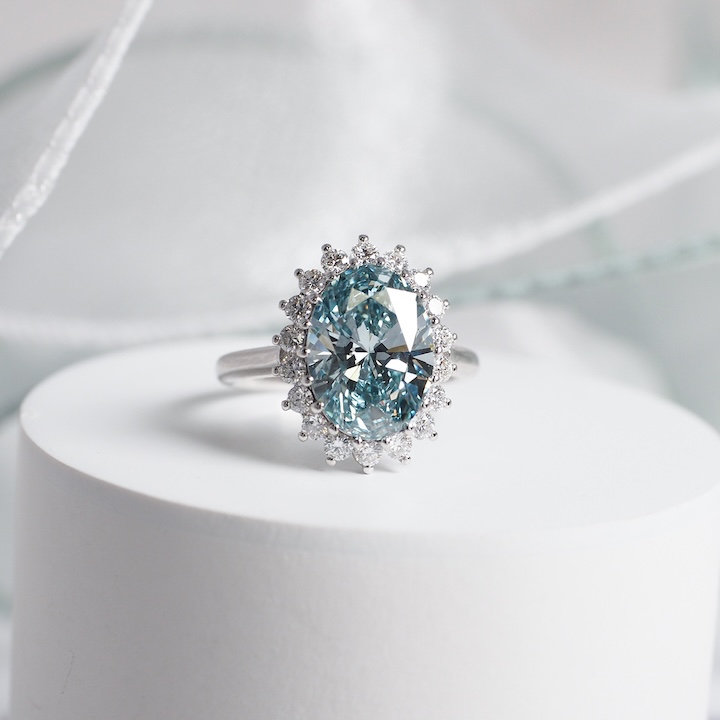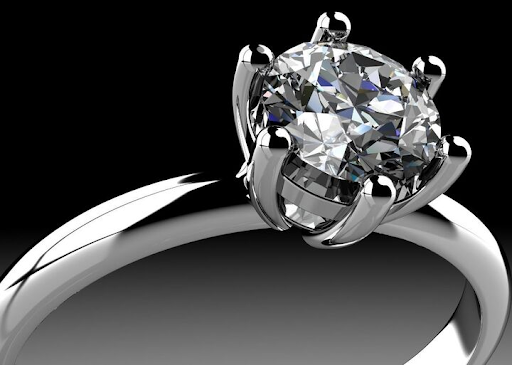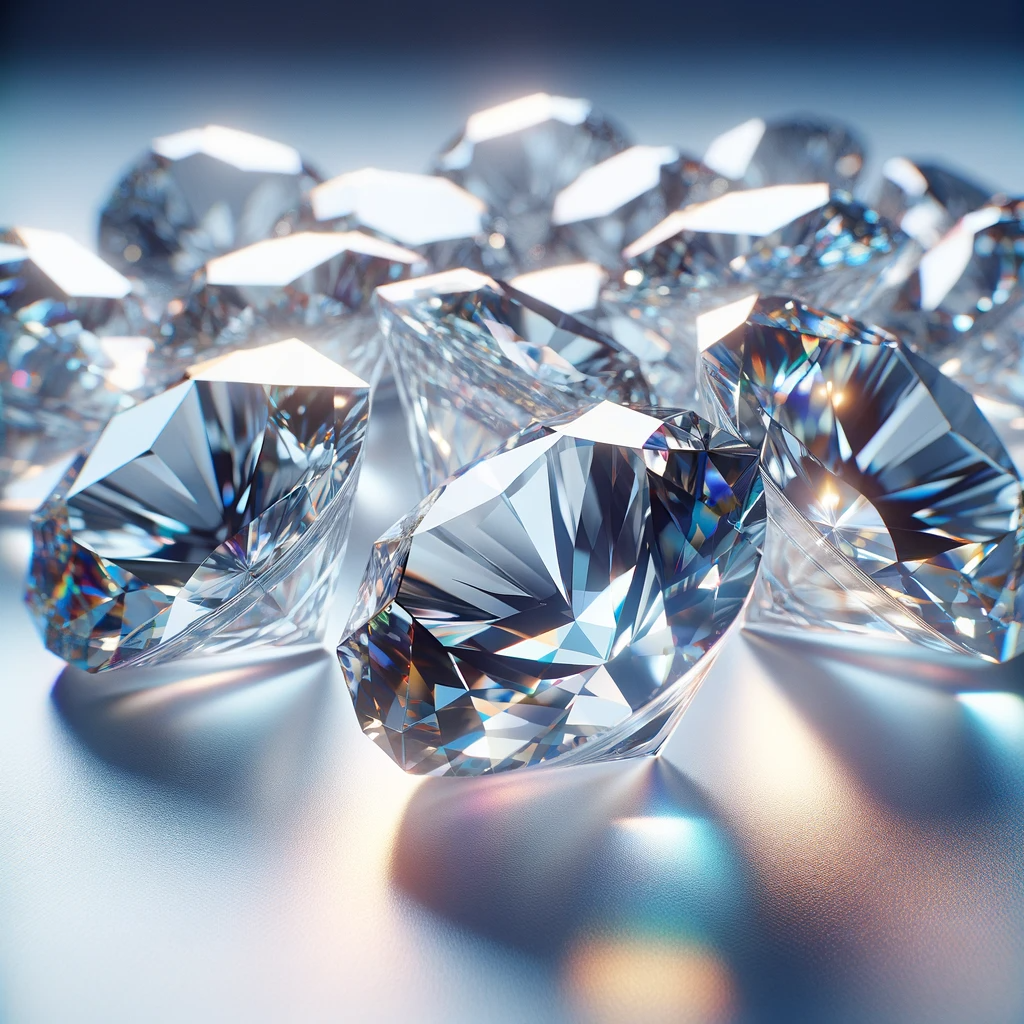Table of Contents
ToggleWhat is Moissanite?
moissanite diamond is a gemstone composed of silicon carbide, discovered in 1893 by French chemist Henri Moissan. Originally found in a meteorite crater, moissanite is rare in nature and is now synthesized in laboratories to create gem-quality stones.
The synthetic production of moissanite involves high-temperature processes that mimic the conditions under which natural moissanite forms. This results in stones that are chemically identical to their natural counterparts, with remarkable brilliance and durability.
Characteristics of Moissanite Diamonds
1. Brilliance and Fire
Moissanite is known for its exceptional brilliance and fire, often surpassing that of diamonds. The gemstone’s unique optical properties cause it to reflect light in a way that creates a rainbow-like sparkle. This high level of dispersion contributes to its striking appearance.
2. Hardness and Durability
On the Mohs scale of hardness, moissanite ranks at 9.25, making it one of the hardest gemstones available, just below diamonds which score a 10. This hardness ensures that moissanite is highly durable and suitable for everyday wear, including in engagement rings and other fine jewelry.
3. Clarity and Color
Moissanite is typically available in a range of colors, from colorless to various shades of yellow and green. The majority of moissanite gemstones used in jewelry are colorless or near-colorless, with clarity that is often comparable to diamonds. Synthetic moissanite is usually created to be free of inclusions and imperfections.
Comparing Moissanite to Diamonds
1. Price and Value
One of the primary advantages of moissanite over lab diamonds is its affordability. Moissanite is generally much less expensive than diamonds of comparable size and quality. This price difference allows consumers to choose larger or higher-quality stones within their budget.
2. Appearance
While diamonds and moissanite are visually similar, there are subtle differences in their appearance. Moissanite’s high dispersion gives it a distinctive sparkle that some people find more appealing than the traditional diamond brilliance. However, this extra sparkle can sometimes be perceived as “rainbow-like,” which may not suit everyone’s taste.
3. Ethics and Environmental Impact
Moissanite is a lab-created gemstone, which means it does not involve mining or the associated environmental and ethical concerns. In contrast, diamond mining can have significant environmental impacts and raise ethical issues, including the risk of supporting conflict diamonds.
Uses and Popularity
Moissanite is increasingly popular as a gemstone for engagement rings, wedding bands, and other fine jewelry. Its combination of beauty, durability, and affordability makes it an attractive option for those looking for an ethical and cost-effective alternative to diamonds.
Jewelry designers and retailers are incorporating moissanite into their collections, offering a range of styles and settings. The growing acceptance of moissanite reflects a broader trend towards sustainable and ethical choices in the jewelry industry.
Caring for Moissanite
Caring for moissanite is relatively straightforward. Regular cleaning with mild soap and water, followed by a gentle brushing with a soft toothbrush, will keep the gemstone sparkling. Avoid using harsh chemicals or ultrasonic cleaners, as these can damage the stone or its setting.
Conclusion
Moissanite is a remarkable gemstone that offers a compelling alternative to traditional diamonds. Its brilliance, durability, and affordability make it an appealing choice for many consumers. As the demand for ethical and sustainable options in the jewelry market continues to grow, moissanite is well-positioned to play a significant role in the future of fine jewelry.









